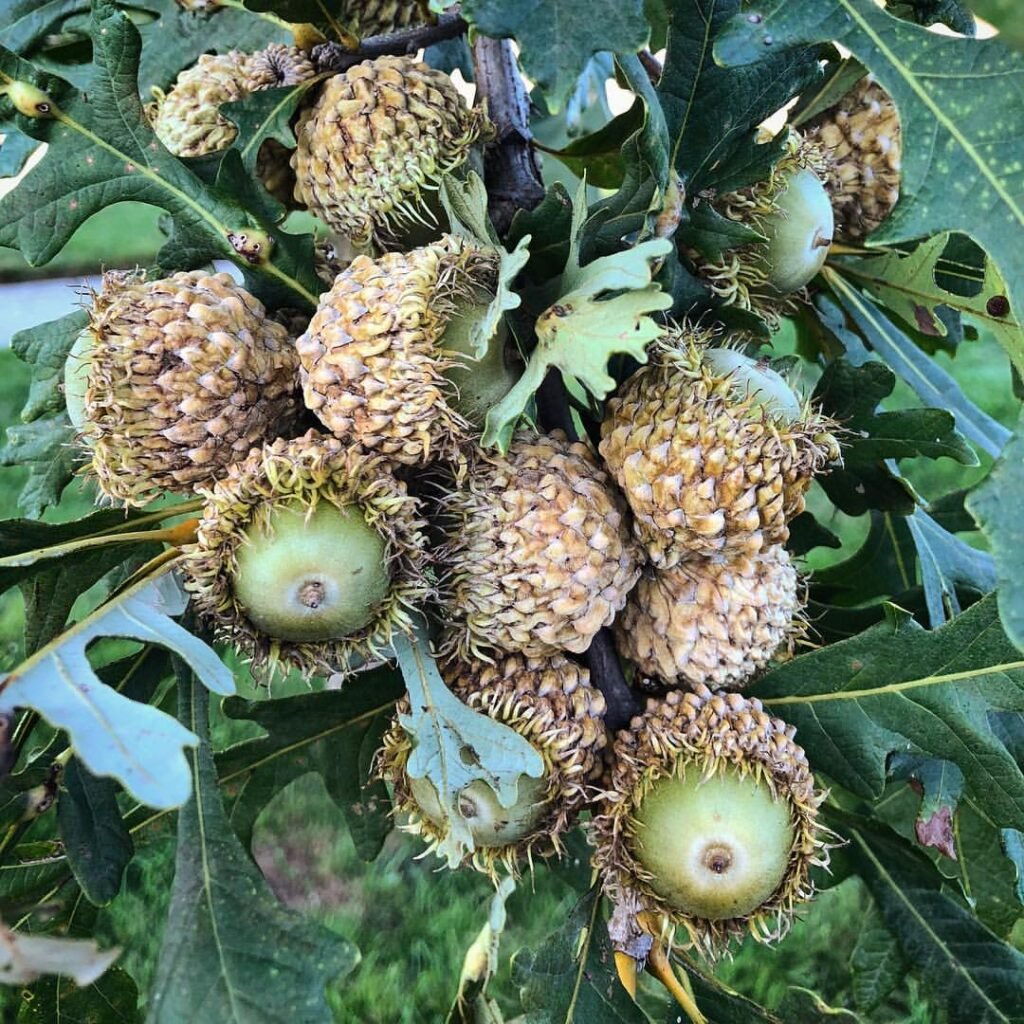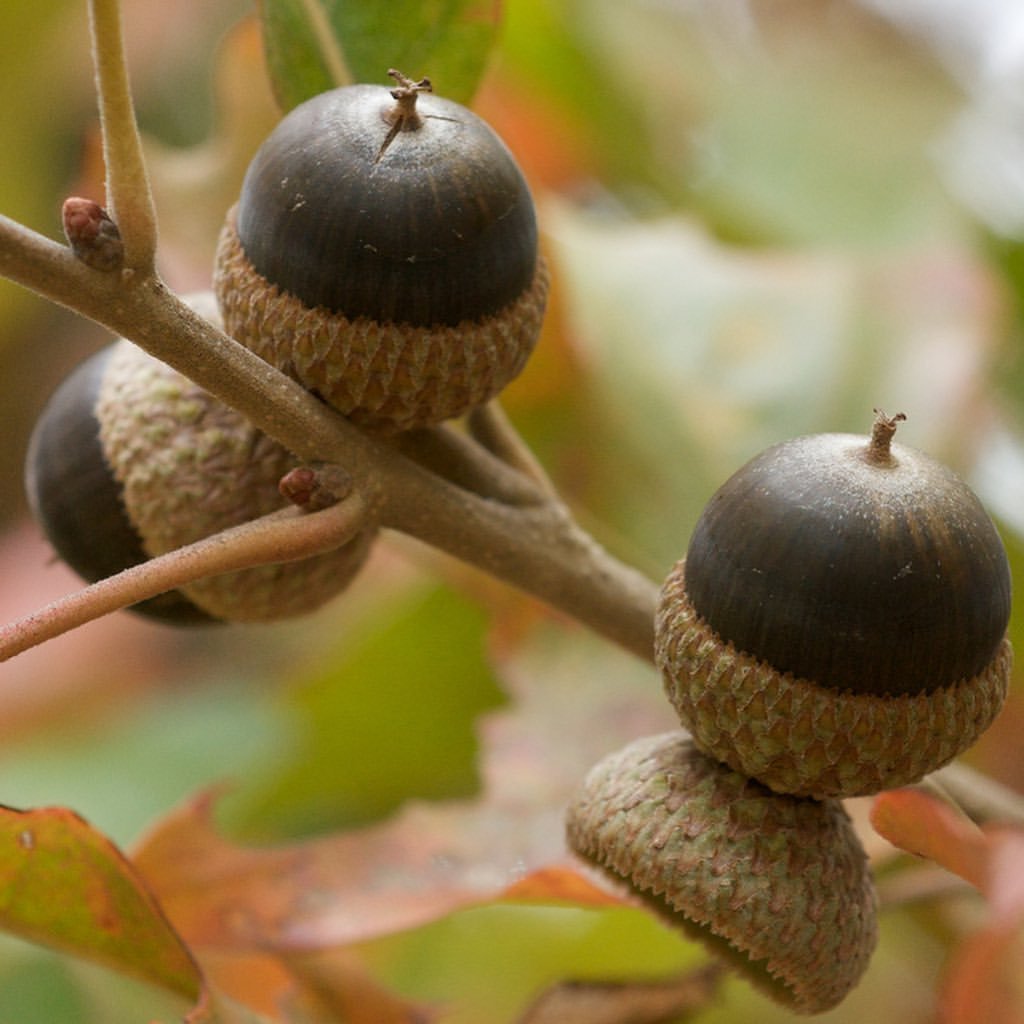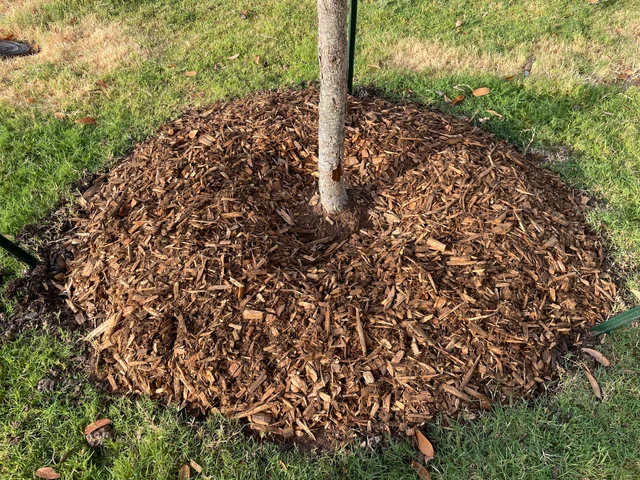Explore the stunning White Oak tree, a beloved species found across North America. Learn about its descriptions, types, uses, and essential care tips to help it thrive in your landscape.
The White Oak is a remarkable tree species that has captivated people for centuries with its stately presence and enduring strength. Found throughout various regions of North America, these majestic trees are beloved for their beautiful foliage, sturdy wood, and significant ecological value. Whether you’re a nature enthusiast, a homeowner considering planting a White Oak, or simply appreciating the beauty of these magnificent trees, this comprehensive guide will provide you with valuable insights into their world.
What is a White Oak Tree?

The White Oak (Quercus alba) is a deciduous tree belonging to the beech family, Fagaceae. It is one of the most prominent and widely distributed oak species in the eastern and central United States. These trees are known for their impressive size, reaching heights of 60 to 100 feet (18 to 30 meters) with a broad, spreading canopy.
One of the most distinctive features of the White Oak is its bark. As the tree ages, the bark develops a light gray color with shallow furrows and scaly ridges, giving it a characteristic “whitish” appearance – hence the name “White Oak.”
Types of White Oak Trees
While the White Oak (Quercus alba) is the most well-known species, there are several other types of White Oaks found across North America. Here are a few notable varieties:
Swamp White Oak (Quercus bicolor):

As the name suggests, this variety thrives in wet, swampy areas and is found in the eastern and central United States.
Bur Oak (Quercus macrocarpa):

This Oak is known for its large, fringed acorns and is commonly found in the Midwest and Great Plains regions.
Overcup Oak (Quercus lyrata):

Native to the southeastern United States, this variety is well-adapted to wet, bottomland areas and is characterized by its unique acorn cups that enclose most of the nut.
Post Oak (Quercus stellata):

Found in the central and southeastern United States, the Post Oak is known for its dense, durable wood, making it suitable for use as fence posts and railroad ties.
Uses of White Oak Trees
White Oak trees have played a significant role in various aspects of human life throughout history. Here are some of the most common uses of these remarkable trees:
- Lumber: The wood of White Oak trees is highly prized for its strength, density, and resistance to decay. It is commonly used in construction, furniture making, flooring, and shipbuilding.
- Landscaping: Due to their majestic appearance and long lifespan, White Oaks are popular choices for landscaping in parks, gardens, and urban settings.
- Wildlife Habitat: White Oak trees provide food and shelter for a wide range of wildlife, including squirrels, deer, birds, and various insects.
- Environmental Benefits: These trees play a vital role in promoting biodiversity, improving air quality, and mitigating soil erosion.
Caring for White Oak Trees
While White Oak trees are known for their resilience and longevity, proper care is essential to ensure their health and vitality. Here are some tips for caring for these magnificent trees:
Planting:

When planting a White Oak, choose a location with well-draining soil and ample space for its roots and canopy to spread. Avoid planting too close to buildings or underground utilities.
Watering:

White Oaks have deep root systems and are generally drought-tolerant once established. However, they benefit from regular watering during the first few years after planting and during periods of prolonged drought.
Pruning:

Prune White Oak trees in late winter or early spring when they are dormant. Remove any dead, damaged, or rubbing branches to promote healthy growth and proper air circulation.
Mulching:

Apply a 2-4 inch layer of organic mulch around the base of the tree, keeping it a few inches away from the trunk. Mulching helps retain moisture and suppresses weed growth.
Fertilization:

White Oaks generally do not require frequent fertilization. However, if the tree shows signs of nutrient deficiency, consult with a certified arborist or follow soil test recommendations for appropriate fertilizer application.
Pest and Disease Management:

White Oaks are generally resistant to most pests and diseases, but they can be susceptible to issues such as oak wilt, gypsy moth infestations, and leaf diseases. Regular monitoring and prompt treatment are recommended if any problems arise.
By following these care tips, you can help ensure the long-term health and beauty of your White Oak trees, allowing them to grace your landscape for generations to come.
Pingback: The Ultimate Guide to Growing and Caring for String of Frogs
Pingback: Foxglove Beardtongue: Growing Tips for Vibrant Blooms
Pingback: Garden Favorites: Trees That Start with ‘C’
Pingback: The Majestic White Oak Tree: History, Benefits and Care
Pingback: Trees That Start with ‘T’: A Guide to Nature’s Treasures
Pingback: Nature’s Beauty: Trees That Start with ‘Q’
Pingback: Stunning Trees That Start with ‘E’ gardeners school
Pingback: A Guide to Notable Trees that Start with O